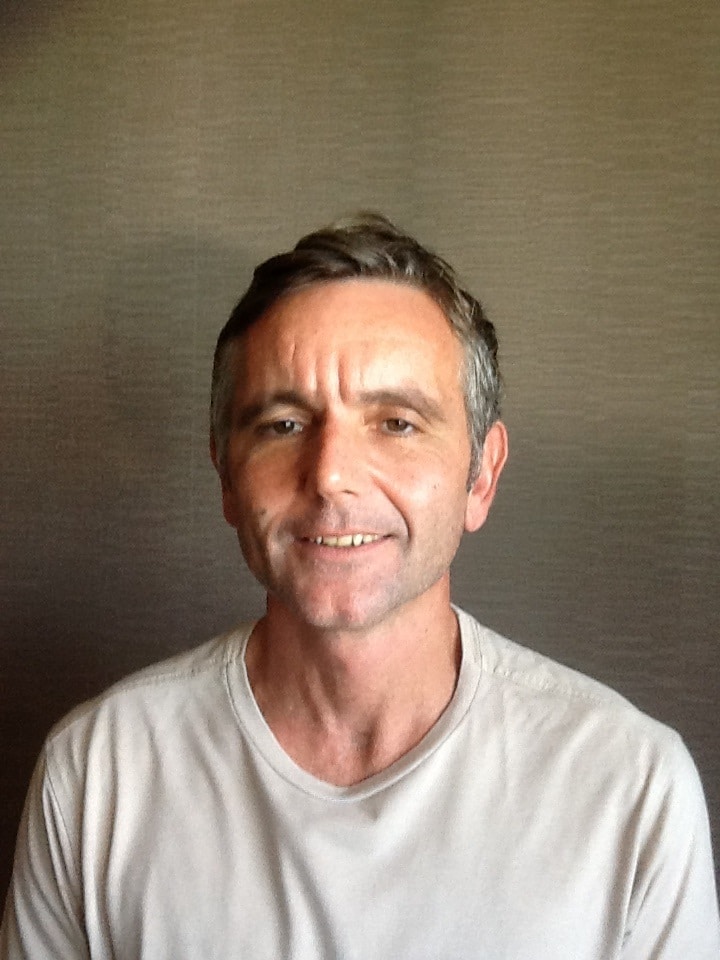A teacher’s journey to proficiency – Part 1
How did passing a proficiency exam help me improve my teaching? Once you have passed the exam, where do you go from there?
I plan to address these questions while I share my experience of preparing for the Cambridge English Proficiency (CPE) exam and what happened after passing. Far from being a guide for exam candidates, this series of posts will be a more personal account of the trials and tribulations of a teacher trying to become a better model for his students. I hope some teachers can relate to my experience, as I would love to encourage other teachers to sit proficiency exams, but most of all I wish we could have more discussions on the topic of language development for teachers simply because, as the language development enthusiast Higor Cavalcante says, we don’t talk much about it.
In the interest of full disclosure, I’m not claiming to be any sort of English language master (what is that anyway?); not only because I deem it a rather unattainable goal, but also because I don’t see myself as someone who is constantly striving towards perfection. Instead, I agree with the commonly held belief that every language learner should display a vein of curiosity and willingness to experiment with the target language. So why not embrace the fact that we’re all a bunch of language lovers?
I remember when I started an English course in a private language institute where, funnily enough, I have the immense pleasure of working nowadays. Curious and eager to learn though I might have been, I couldn’t get my head round those acronyms I read on signs on the school notice boards: KET, PET, FCE, and so on. Students were advised to pay attention to the deadlines, and I was left slightly anxious and confused: when will I need to pay attention to the deadlines? What do these letters stand for?
But before I managed to muster up the courage to ask my teacher these burning questions (I was your typical shy and self-conscious teenager), she kindly explained what those letters meant. I think you can imagine how excited I was to learn that there actually were exams that proved your progress in English, at least this is how I understood the purpose of such exams back then.
Then I went on to do the course up to the upper-intermediate level – goodness knows how much I wanted to have the book with the prettiest cover, in my humble opinion at the time. As fate would have it, I was not able to move on to an FCE preparatory course due to conflicting schedules since I had just started university. Fortunately, the teacher responsible for the course at school agreed to give me one-to-one classes so that I could still prepare for the exam.
Barely had we begun our classes when she decided to have ‘the talk’. She said that I was doing well in the course and everything was plain sailing in terms of progress, but something was missing: eye contact. I have the impression this might be quite common among foreign language students. Whenever I was doing a speaking activity in which I had to elaborate on my ideas, I simply stared at the book or at the table, never for a second glancing at her, who was carefully listening to me. Evidently, this happened due to lack of confidence and an extra shot of shyness. We were able to overcome this seemingly insurmountable obstacle (for me, at least) by working with the language I needed to perform the tasks and planning the ideas I was going to present so that I felt more comfortable while answering questions and expressing my opinions. This was a game-changer for me.
I also struggled to compare and contrast pictures. As you may know, Part 2 of the speaking test requires the candidate to talk about two photographs for one minute without interruption. These sixty seconds seemed to last an eternity for me. I used to run out of things to say very quickly. My teacher told me over and over again that being silent for too long was not a good idea, since this was a speaking test after all. A solution we found for this problem was to explore different elements in the pictures so that I could use my sixty seconds more wisely. Of course I had to repeat this part several times, but this helped me gain enough confidence to tackle the task.
After a year, a book, and heaps of mock tests, it was time for me to pay attention to the deadline and register for the exam. I had to go to a nearby city because there were no exam centres in my hometown. Despite not having slept a wink the night before, I was wide awake the next morning. And, boy, was I in for a treat. Let’s just for a brief moment ignore the fact that I was shaking like a leaf, so I can tell you how fascinated I was by the whole experience. The school, the teachers, as well the beautiful English they spoke, everything left me gobsmacked. I loved how things went according to schedule and how everyone was taking it seriously – talk about inspiration!
I can say that I left the exam centre that day with a spring in my step. Not only had I achieved my biggest linguistic goal at the time, but I also had been offered a glimpse of the long way I had to weave through words, sentences and sounds in order to develop my communication skills in a foreign language.
Exam preparation tips from my experience:
- Remember to make eye contact during the speaking test.
- Preparation is key. Work on the language you will need for each task.
- Learn more advanced grammar structures to use both in writing and speaking tests. For instance, sometimes we change the normal word order in sentences to make them more emphatic. This is usually called ‘inversion’. Can you find 3 examples of this in the text? (Answers in my next post.)






